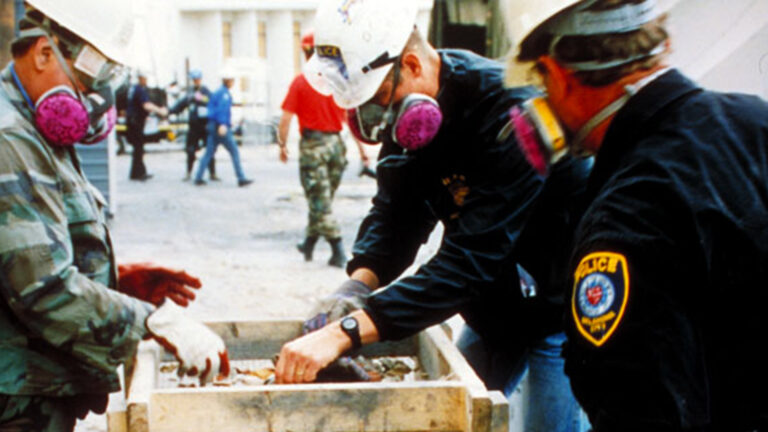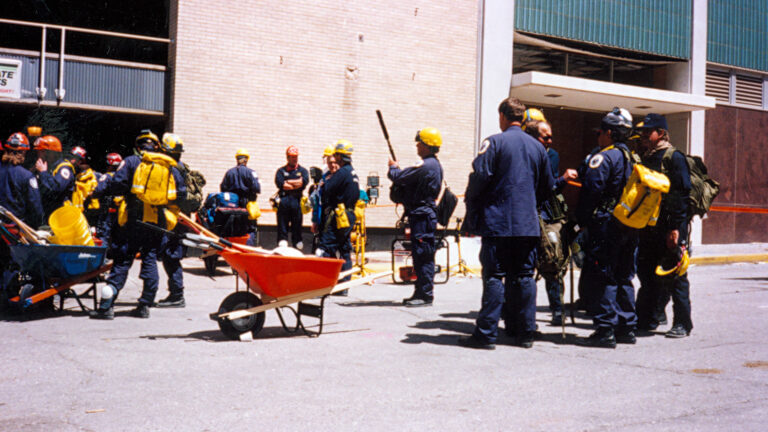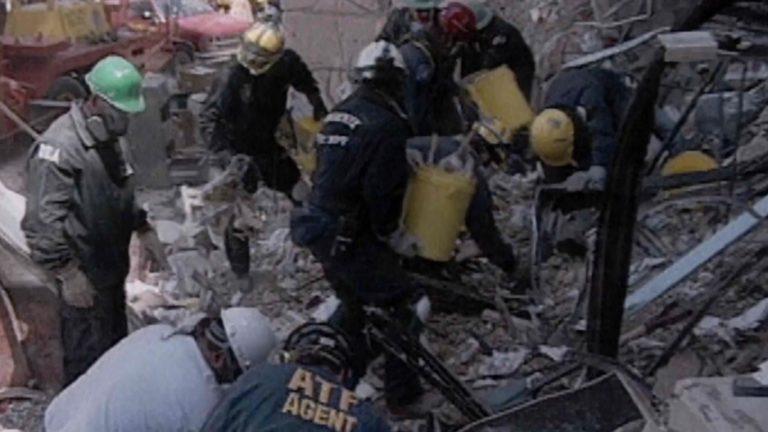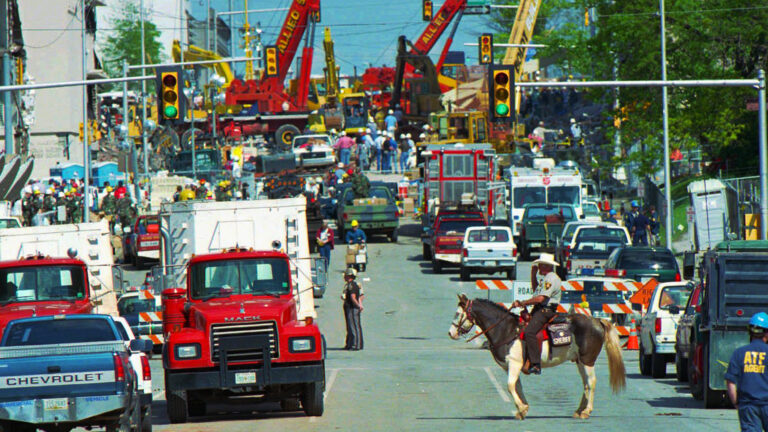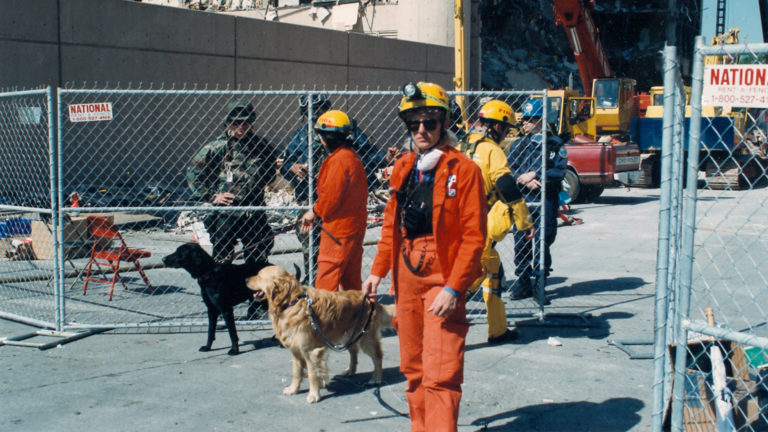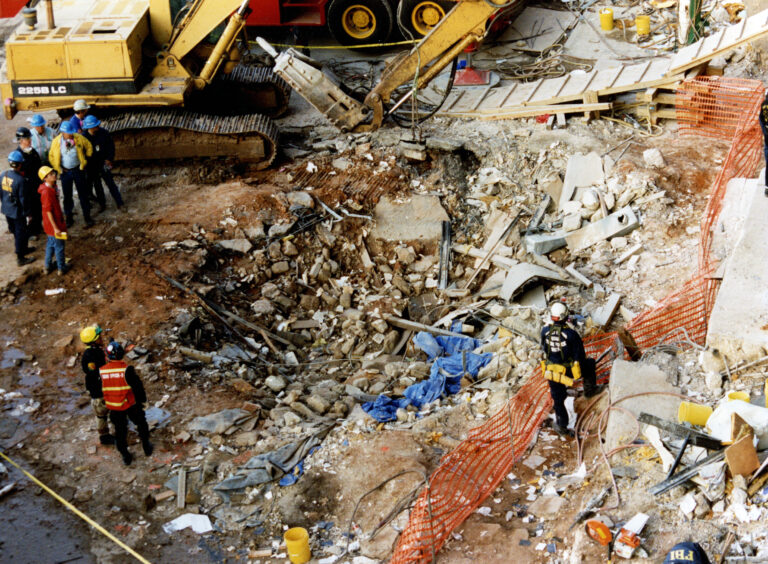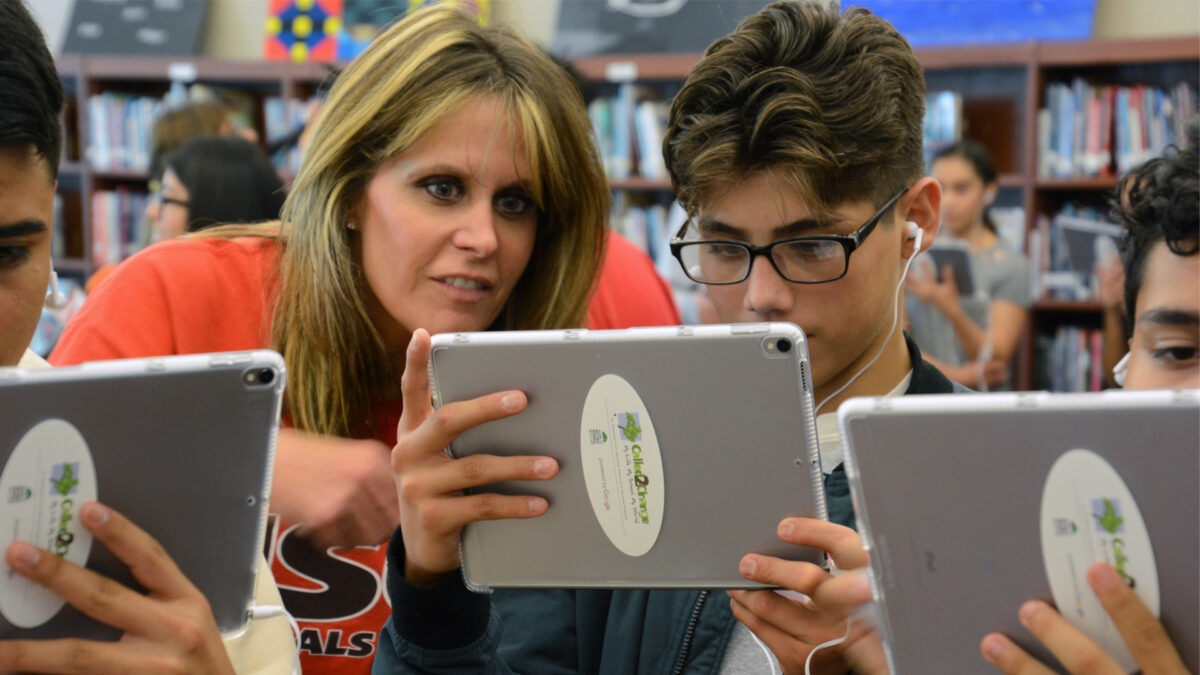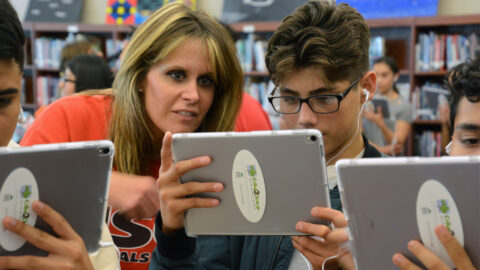Can you solve the case?
On the morning of April 19, 1995, the unthinkable happened. A truck bomb was detonated in the heart of Oklahoma City, causing the partial collapse of the Alfred P. Murrah Federal Building and killing 168 people. From this horrific event came a story of a community’s resilience and the triumph of the human spirit. Part of this story is the unprecedented cooperation among government agencies in the criminal investigation that followed, leading to the conviction of the perpetrators responsible for the terrorist attack.
The incredible teamwork of first responders, investigators, community members, and everyone else who came to the aid of Oklahoma City after the bombing was the spark of hope that emerged from the tragedy. The work of forensic investigators honored those who were killed, those who survived, and those changed forever by bringing those responsible to justice. The perpetrators were convicted at the end of 1 million man-hours of work by thousands of investigators, using many of the techniques in this kit, to piece together the truth that the criminals tried to conceal. You will get an understanding of what it is like to be a forensic scientist by investigating and solving a crime just like they did during the Oklahoma City bombing.
Forensic Science is the application of science in criminal investigations, and it is featured in this kit that grew from a collaboration between the Oklahoma City National Memorial & Museum and the W. Roger Webb Forensic Science Institute at the University of Central Oklahoma. It includes STEM lessons that teach you about the process and techniques used by forensic investigators in the 1995 Oklahoma City bombing (OKBOMB) and today. Teachers may adapt any combination of activities or material to fit their instructional needs. The hands-on activities work well for simulations, learning-station circuits, project based learning, affinity groups, whole group instruction, or enrichment.
Teacher Materials and Printouts
7 activities, 15 minutes each
As soon as investigators suspected that the explosion on April 19, 1995 was not an accident, but an act of terrorism, officials secured the site and began to collect evidence even as a massive rescue and recovery operation continued. The blast radius became a crime scene and over 23,000 pieces of evidence were collected from a grid covering many city blocks. You will learn the process of evaluating and sketching a crime scene as well as analyzing and collecting evidence, similar to what was done in the OKBOMB investigation.
20 minutes
Within minutes of the explosion, photography became an important part of the investigation. Over 280,000 photos documented the crime scene, from images that captured the overall bombing radius to close-up photos of the thousands of items collected and catalogued by investigators. In this lesson, you will learn about the method of photographing a crime scene used in the OKBOMB case.
15 minutes
In the OKBOMB investigation, tire marks were discovered in the dry mud at the site where the bomb was assembled. A plaster cast was made to compare the tire marks to the suspect’s tires, helping to prove that the truck of a perpetrator, Terry Nichols, was at the site. Using a very similar process, investigators frequently evaluate shoeprint impressions at crime scenes, and now you get to learn how to do that process.
15 minutes
During the OKBOMB investigation, handwriting comparisons were used to link the perpetrators to aliases they used to obtain bomb materials. For example, the truck used in the bombing was rented by a “Robert Kling,” whose signature matched characteristics of Timothy McVeigh’s signature. This helped prove that “Kling” was an alias of McVeigh. You will learn to analyze handwriting like forensic investigators in this lesson.
15 minutes
DNA analysis is a tool used by investigators to match biological samples at a crime scene to a person in question for identification purposes. In the Oklahoma City bombing, DNA analysis was used to identify victims in the bombing. The precision and accuracy that is needed and used in DNA analysis is an incredible tool in many kinds of crimes and cases and can be critical evidence in court. In this lesson, you will try your hand at DNA comparison.
2 activities, 20 minutes each
There was a great deal of fingerprint evidence in the OKBOMB case. It helped determine the role each perpetrator played in the crime. For example, a fingerprint on a registration card for a motel in Pauls Valley, Oklahoma placed Terry Nichols on the route to a Texas racetrack where racing fuel was purchased in bulk on the following day. Additionally, McVeigh was linked to that purchase of fertilizer by a fingerprint on a receipt found at Nichols’s house. The racing fuel and fertilizer were both used in the truck bomb that killed 168 people. In these lessons, you will learn how to dust for fingerprints and how to analyze the results.
15 minutes
Much has changed between 1995 and today. One thing is that much more crime happens using digital technology. In 1995, the perpetrators of the Oklahoma City Bombing used a calling card and land-line telephones to communicate, and investigators were able to use those records to trace their activities. Today, as communication moves to digital spaces, investigators need to be ready to analyze digital markers for leads in a case. In this lesson, you will attempt to find clues in a binary code, like what could be recovered from the data of an online text exchange.
50 minutes
Using the techniques you learned in this kit, it is time to test your skills. Can you solve the Case of the Missing Trophy?
We are grateful for the partnership we’ve shared with the UCO Forensic Science Institute for years. Their skilled and dedicated educators are teaching a new generation of forensic scientists that will use the multidisciplinary skills needed to become Forensic Scientists!
Special thanks to Devon Energy for making our STEM programming possible.

